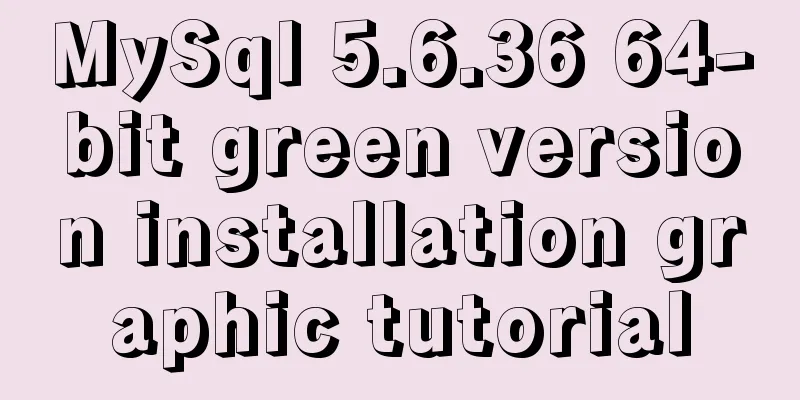React-native sample code to implement the shopping cart sliding deletion effect

|
Basically all e-commerce projects have the function of shopping cart. This is an article about react-native. I haven’t written about native Android for a long time. I remember when I was writing the native shopping cart, I encountered a soul-searching question about the product: why is the swipe-to-delete function possible on iOS, but so difficult to implement on Android? At this time, I opened WeChat and found that the Android version of WeChat also uses long press for operation, while the iOS version uses sliding operation. The system interaction operations of the two platforms are different. Of course, in the end I still quietly looked for various third-party libraries to perform sliding deletion. rn's project is also a third-party library found on the Internet for list sliding operations, github address react-native-swipe-list-view The most basic usage is similar to flatList, data attribute array data source, renderItem takes data one by one from data and renders it into the list
<SwipeListView
data={this.state.listViewData}
renderItem={this.renderItem}
keyExtractor={this.keyExtractor}
/>
At this time, you cannot slide left or right, just like the ordinary flatList effect. Add the renderHiddenItem attribute to enable sliding left and right. renderHiddenItem renders the hidden content. The position of the hidden content is controlled by the flex layout. The following example uses a horizontal layout and controls the content on the left and right sides through space-between, so that the hidden content appears when sliding left or right.
//This can be slid left and right renderHiddenItem = (data, rowMap) => {
return <View style={{
flex: 1,
flexDirection: 'row',
justifyContent: 'space-between'
}}>
<Text>Left</Text>
<Text>Right</Text>
</View>
}
We only need to be able to swipe left, and use the justifyContent: 'flex-end' property to place the delete button content on the far right, and set the SwipeListView property disableRightSwipe to prohibit the right swipe operation.
renderHiddenItem = (data, rowMap) => {
return <View style={{
flex: 1,
flexDirection: 'row',
justifyContent: 'flex-end',
}}>
<TouchableOpacity style={{
backgroundColor: '#FF496C',
width: 80,
justifyContent: 'center',
alignItems: 'center'
}}>
<Text style={{color:'#fff'}}>Delete</Text>
</TouchableOpacity>
</View>
}
At this time, swipe left and you can see the delete button on the right appears, but it is not always in the open state. You also need to add the rightOpenValue={-80} attribute to make it open.
<SwipeListView
disableRightSwipe
data={this.state.listViewData}
renderItem={this.renderItem}
keyExtractor={this.keyExtractor}
renderHiddenItem={this.renderHiddenItem}
rightOpenValue={-80}
/>
Another thing to note is that when renderItem is rendering a list, the official recommendation is to use a clickable and touch-responsive view for the outermost layer, rather than <View/>. Normally, if a view is opened and you click on another view, the opened item will be closed by default. If the outermost layer is <View/>, this effect will not occur.
//The outermost layer is TouchableHighlight
renderItem = ({item, index}, rowMap) => {
return <TouchableHighlight
onPress={() => {
}}
underlayColor={'#fff'}>
...
</TouchableHighlight>
}
At this point, the effect of sliding to delete has been basically satisfied. The follow-up is the business logic and the data source refresh page for adding and deleting operations.
This is the end of this article about react-native's sample code for implementing the shopping cart sliding deletion effect. For more relevant react-native sliding deletion content, please search 123WORDPRESS.COM's previous articles or continue to browse the following related articles. I hope everyone will support 123WORDPRESS.COM in the future! You may also be interested in:
|
<<: vue element el-transfer adds drag function
>>: Detailed explanation of how Angular handles unexpected exception errors
Recommend
Analysis of the Docker deployment Consul configuration process
Execute Command docker run -d --name consul -p 85...
Tutorial on using the hyperlink tag in HTML
The various HTML documents of the website are con...
React Hooks Common Use Scenarios (Summary)
Table of contents 1. State Hook 1. Basic usage 2....
A simple and effective solution to forget the initial password when installing MySQL
When you install MySQL, you will be given an init...
About Vue's 4 auxiliary functions of Vuex
Table of contents 1. Auxiliary functions 2. Examp...
Why is your like statement not indexed?
Preface This article aims to explain the most bor...
Using streaming queries in MySQL to avoid data OOM
Table of contents 1. Introduction 2. JDBC impleme...
MySQL 5.7.19 installation and configuration method graphic tutorial (win10)
Detailed tutorial on downloading and installing M...
A brief discussion on Flex layout and scaling calculation
1. Introduction to Flex Layout Flex is the abbrev...
Example analysis of the search function of MySQL regular expressions (regexp and rlike)
This article uses examples to illustrate the sear...
Vue implements multiple ideas for theme switching
Table of contents Dynamically change themes The f...
A brief discussion on the datetime format when exporting table data from MySQL to Excel
Recently I used MySQL to export table data to an ...
Analyze the sql statement efficiency optimization issues of Mysql table reading, writing, indexing and other operations
Last time we talked about some SQL query optimiza...
MySQL multi-table query detailed explanation
Eating well and getting enough rest sounds simple...
Faint: "Use web2.0 to create standard-compliant pages"
Today someone talked to me about a website develo...










